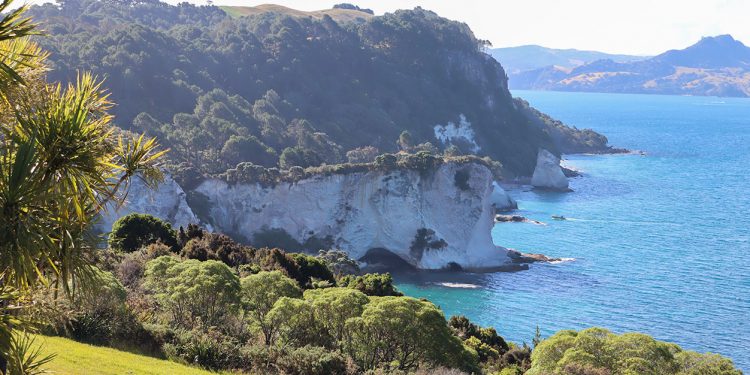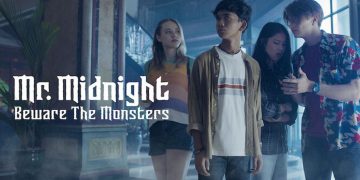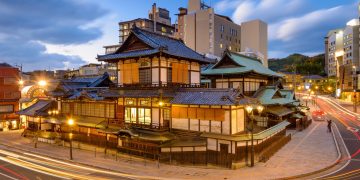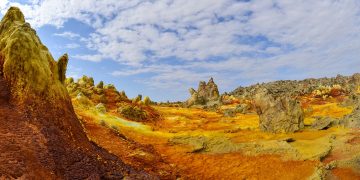With the pandemic halting travel plans, many have turned to ‘virtual travelling’ to sate their wanderlust. For those yearning to catch a glimpse of other pockets of the world, TheHomeGround Asia brings you on a journey in Through the Eyes… where we ask expatriates in Singapore what they love most about their home countries. In this installation, travel executive Anna Harlow reveals the wonders of her hometown, the seemingly rural Otorohanga in New Zealand.
When we think of New Zealand, we may think of the idyllic, hilly landscape from Hobbiton, the place where author J.R.R. Tolkien’s hobbits came to life in director Peter Jackson’s movie series The Lord of the Rings. We may also think of the Māori, the indigenous people of New Zealand who continue to influence the island country’s cuisine, culture and language. But very rarely do we think of visiting the small rural town of Otorohanga, ensconced in the Waikato region in the North Island of New Zealand.
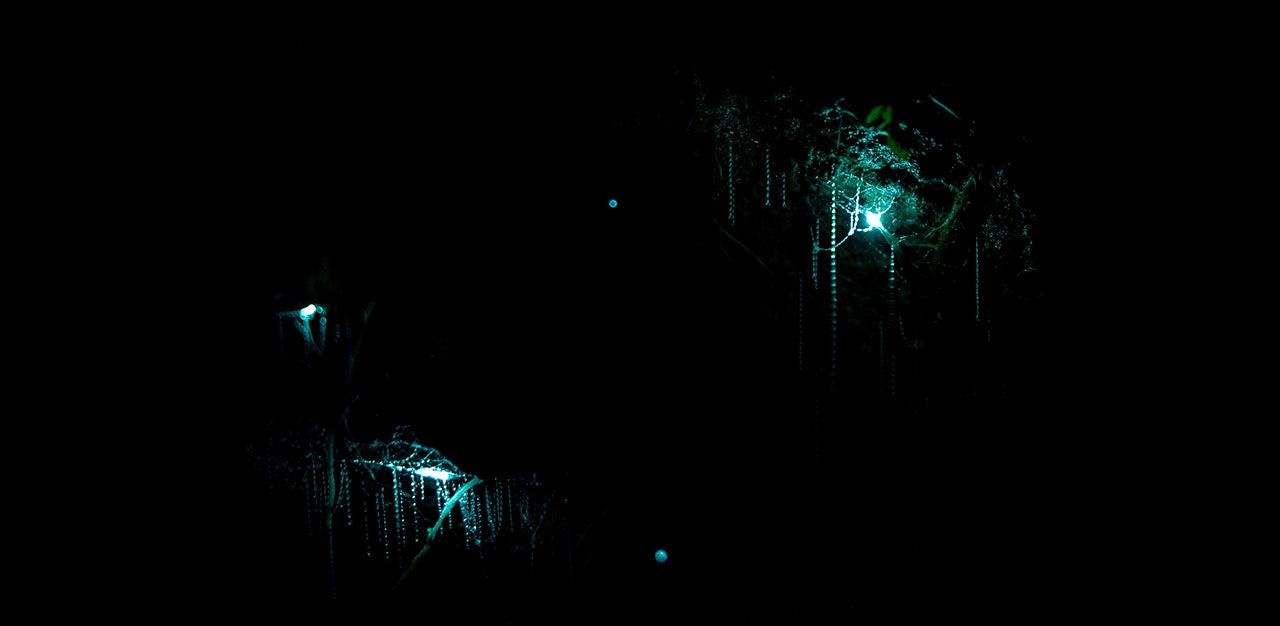
Situated some 50 kilometres south of Hamilton, New Zealand’s fourth most-populous city, Otorohanga is a thriving town with a small population size of approximately 3,200. Several highways intersect near Otorohanga, which makes it a popular spot to layover among seasonal roadtrippers. It is also home to a series of karst caves that are part of the Waitomo streamway system, known as the Waitomo Caves, where tourists flock every year to marvel at the caves’ starry night-esque ceiling, a phenomenon brought about by glow worms.
“In general, New Zealand is good to visit throughout the year, but I would personally recommend Summer (January-April) as the climate is really pleasant then,” says Anna Harlow, 32.
Mrs Harlow, who is a Travel Executive at luxury travel company Scott Dunn, grew up in a family of dairy farmers in Otorohanga. She moved to sunny Singapore in April 2019, following her husband’s job relocation here. “Otorohanga is also known as the ‘Kiwiana capital’ of NZ,” she says.
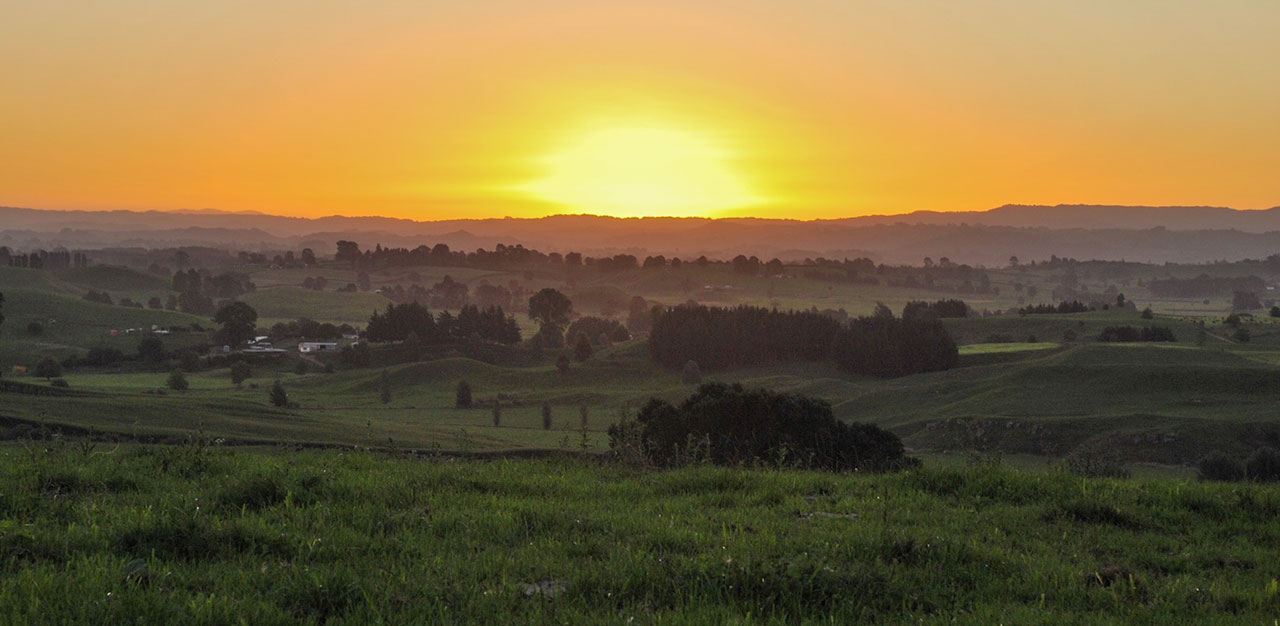
Kiwiana capital of New Zealand
For the uninitiated, Otorohanga is self-proclaimed as the Kiwiana capital of New Zealand. The term ‘Kiwiana’ is widely applied to objects, food, cultural icons, and even expressions that are unique to New Zealand and her people. From the buzzy bee children’s toy to kiwi fruit, jandals (a type of flip flop) to pavlova, these artefacts tell a story of a 20th century New Zealand and often evoke a sense of national identity and nostalgia.
How Otorohanga got its reputation as ‘the Kiwiana capital’ is nothing short of a brilliant marketing strategy. Following the establishment of New Zealand’s first kiwi conservatory facility in 1971, which earned the rural town the moniker ‘Kiwi Town’, a brilliant marketer suggested extending the theme to celebrate all things uniquely Kiwi (or Kiwiana) in New Zealand.
“Today, you can even visit Otorohanga Kiwi House, which is home to several native birds, including the kiwi,” Mrs Harlow says. “You can get up close and watch the keepers feed them at certain times of the day too.”
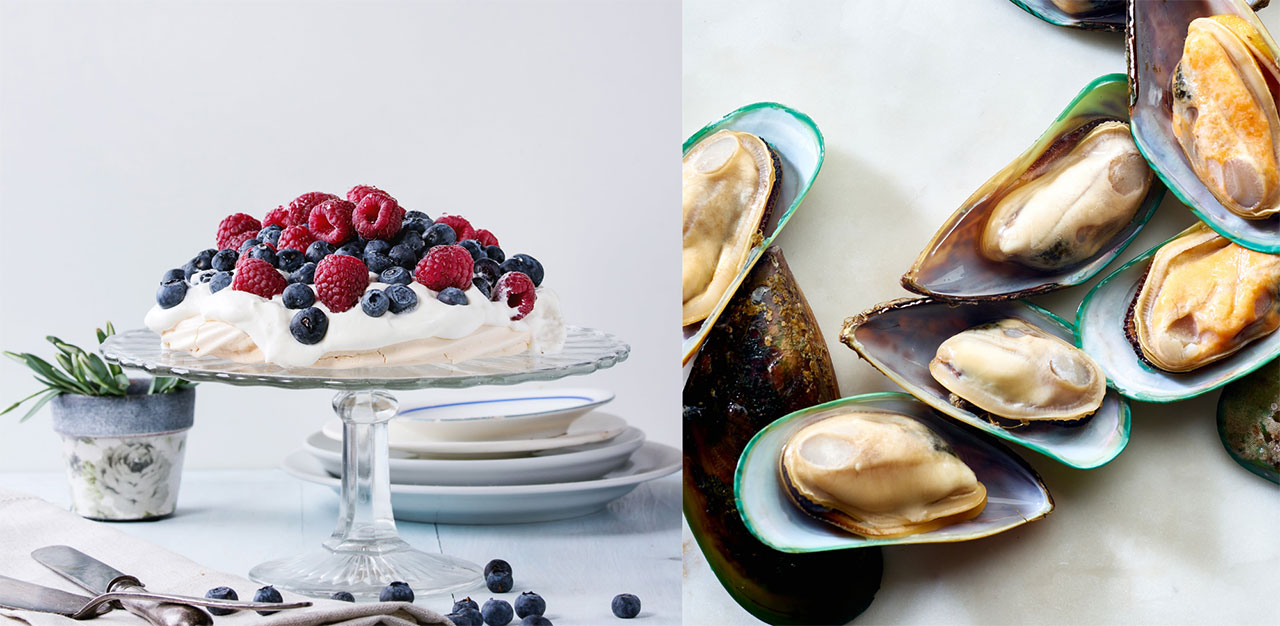
When asked about dishes that are uniquely Kiwiana, Mrs Harlow suggests that first-timers feast upon green-lipped mussels and pavlova; the former is endemic to New Zealand’s coastline, and the latter is its national dessert.
Packed full of anti-inflammatory properties, Omega-3 fatty acids and other vitamins, the former is a nutritious shellfish – discovered only in the late-60s by NASA scientists while embarking on a quest for natural cancer-fighting treatments – native only to New Zealand and is a staple among the indigenous Māori people.
The latter, meanwhile, is a sweet meringue cake topped with fresh fruit and cream made famous in the early ’90s.
Black sand beaches, hot springs and a Maori festival in Kawhia
The beaches in New Zealand are a study in contrast; some offer pristine white sand with balmy waves, while others boast glistening black sand and impressive surfs. But if anything, visitors ought to visit the geothermal shores of New Zealand to dig for themselves a hot pool in the sand and immerse in nature’s ‘jacuzzi’.
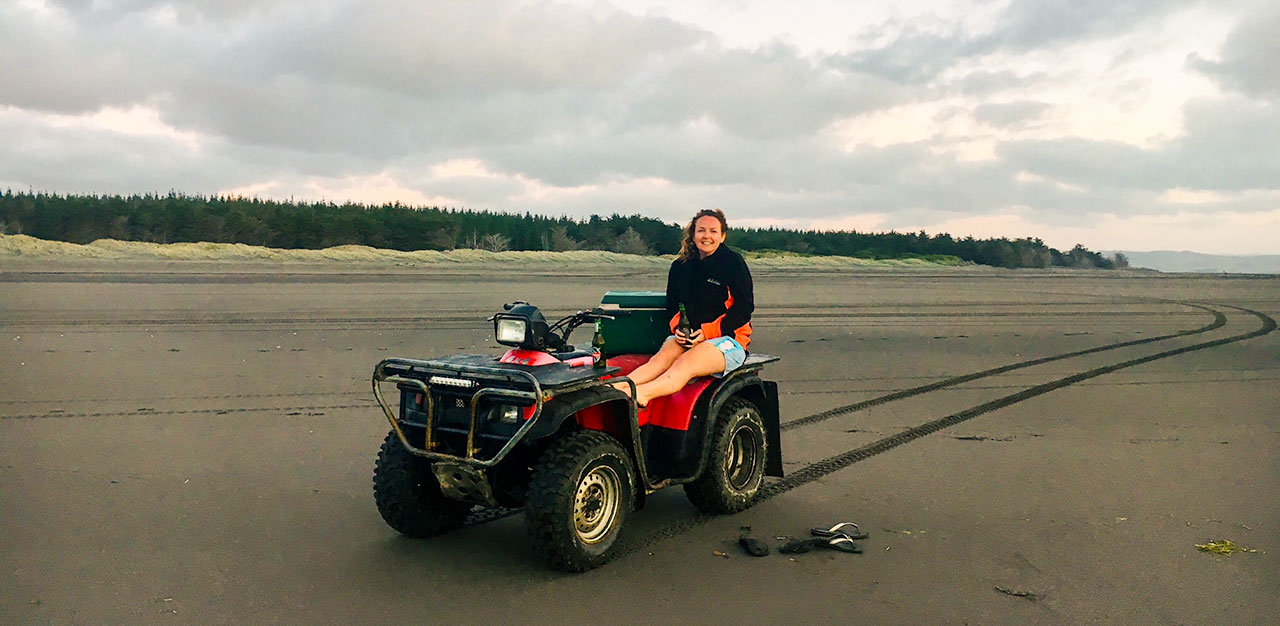
On the western coast of the North Island of New Zealand, or south of Otorohanga, lies Kawhia Hot Water Beach. While throngs of tourists would head over to the Coromandel Peninsula for its hot water beaches, Kawhia Hot Water Beach (also known as Ocean Beach) is an idyllic getaway known only by locals. Beyond the tussock-fringed hills and rugged coastline, a panoramic view of sparkling black sand and cobalt blue sea stretches as far as the eyes can see.
“Head over the sand dunes for low tide and you can dig your own hot pool on the Ocean Beach, don’t forget the wine or your spade,” Mrs Harlow suggests.
The sleepy beachside town of Kawhia offers plenty of big fishing competitions where visitors can marvel at the haul from the fishermen. But nothing beats the Kai Festival (the word kai means ‘food’ in Māori) which takes place every February. “You will find mussels, hangi (the Māori method of cooking meat and vegetables under the ground with hot rocks and wet sacks), Maori bread or whitebait fritters there,” Mrs Harlow says.
“Local bands will come to play and it’s free admission so that makes it great for everyone. While you are there, head to the museum which is full of history all about Kawhia.”
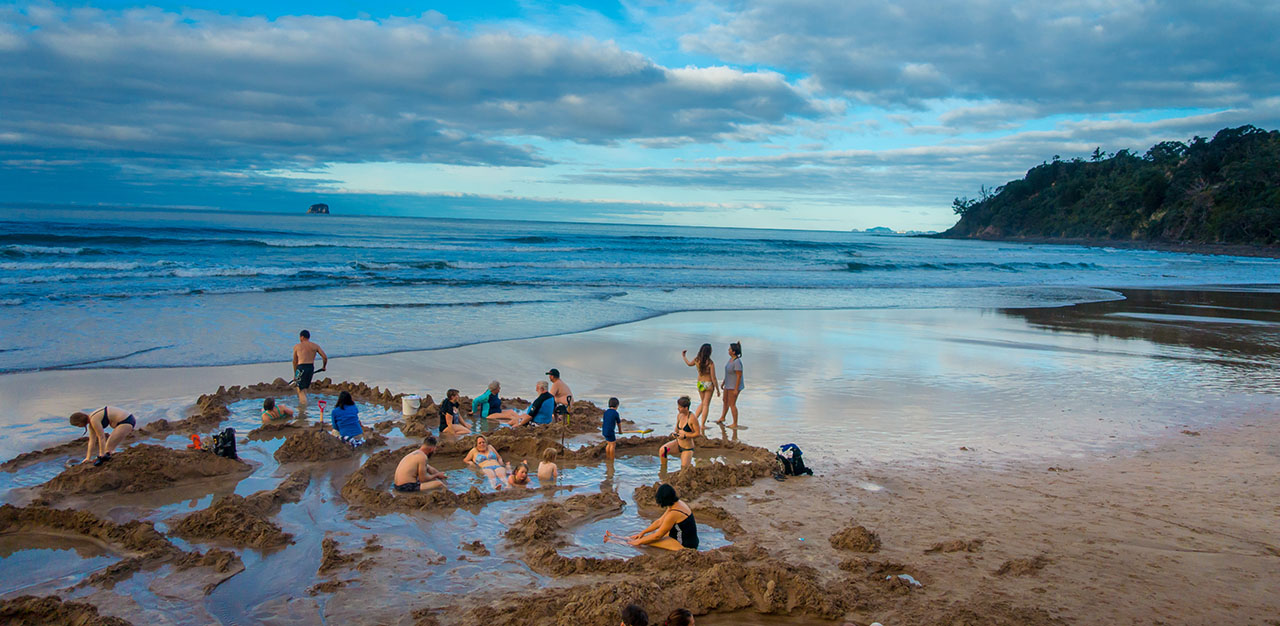
Into the wilderness
When she was younger, Mrs Harlow and her family would sometimes spend the weekend outdoors, going on a hike or trek around New Zealand’s hilly or coastal landscapes.
For starters, Mrs Harlow suggests visiting the coastal sunshine paradise near Mount Maunganui. Crowned as one of the top beaches to visit by TripAdvisor, the main beach has plenty to boast about.
In summer, the beach comes to life with surfers catching the waves, families with children going on a swim by the ocean, people suntanning or relaxing on the clear white sand, and hiking enthusiasts readying themselves to go on a challenge. Dozens of beachside cafes and restaurants line the shoreline, proffering simple street bites to seafood fiesta, where you will be spoilt for choice.
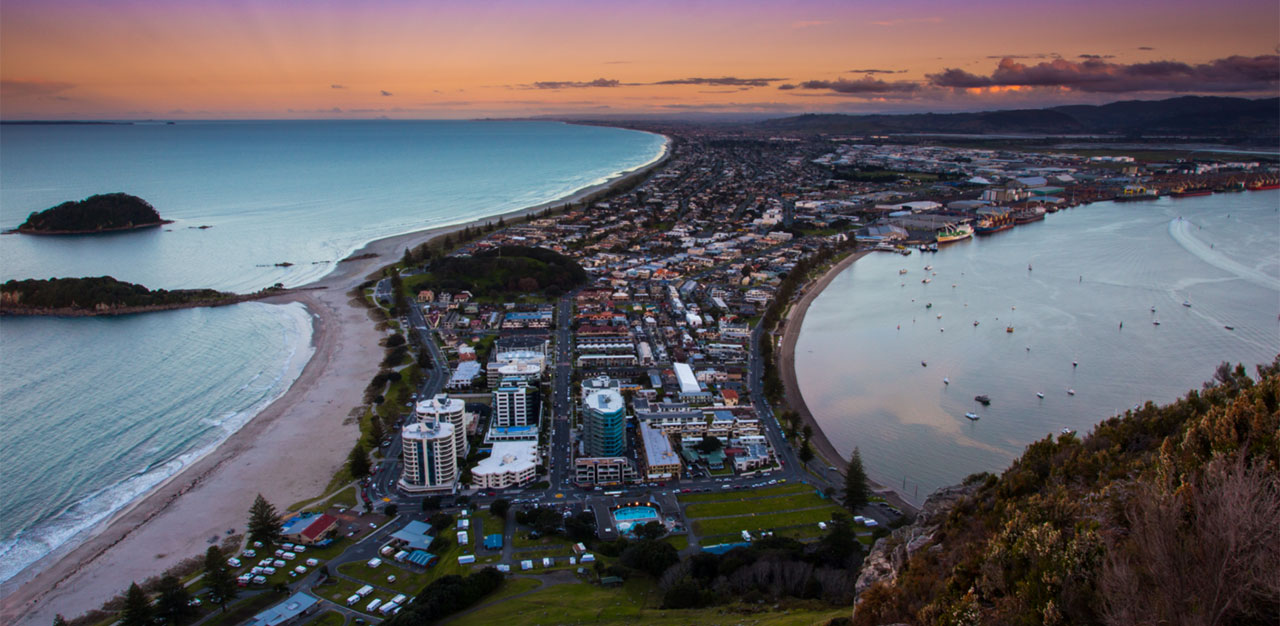
Situated over 230 metres from the sea, reaching the summit of Mount Maunganui, a now extinct volcano, is a challenge and not for the faint-hearted. And yet, the vantage point offers a gorgeous 360-degree view of the surrounding – including the Western Bay of Plenty, white sand coastline, and even Tauranga’s city suburbs.
“Mount Maunganui was our summer go-to throughout childhood,” Mrs Harlow reminisces. “It’s about a two-hour drive away over the Kaimai Range to the coast. There’s plenty to do with a huge ocean beach on one side and a calm harbour on the other, it took us from babies up until teenagers.”
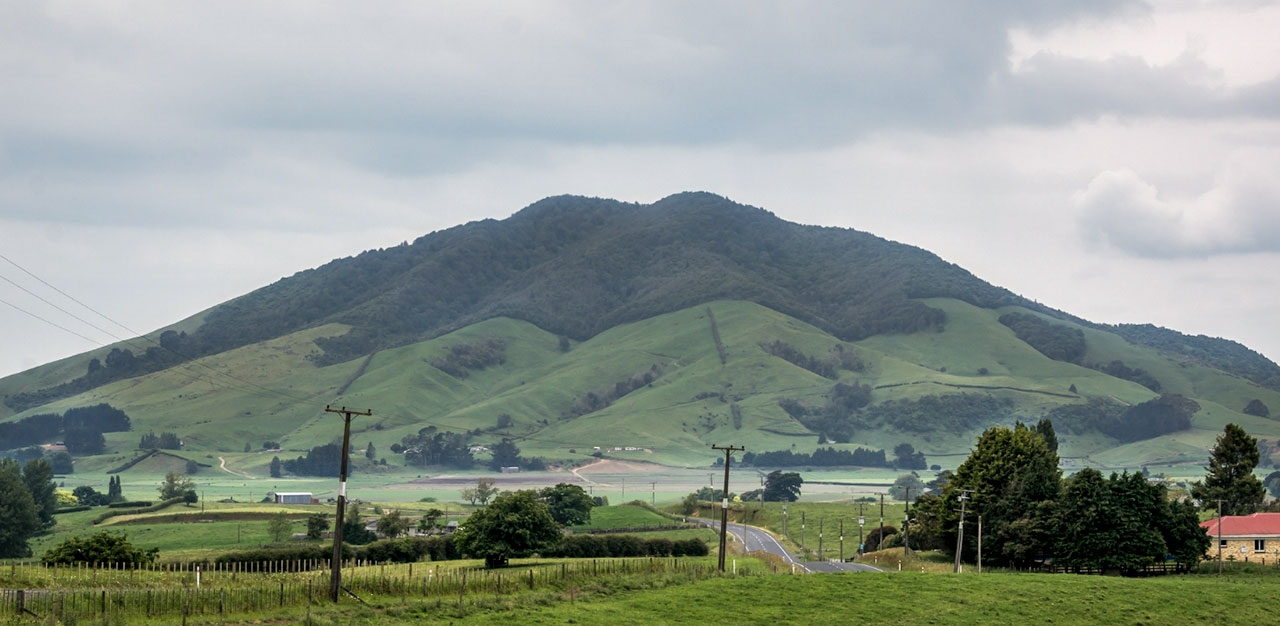
Some 20 kilometres north of Otorohanga lies Mount Kakepuku, another extinct volcano. One of many volcanoes that emerged two million years ago, Mount Kakepuku (whose name translates as ‘swollen stomach’) towers above several dairy farms and looks across other volcanic peaks.
Mrs Harlow says: “I would suggest Mount Kakepuku for the less fit amongst us, it is 449 metres to the top where you can see for miles over the Waikato farmlands. The track is new and in great condition and you can mountain bike on the lower part as well.
“You will experience the New Zealand native flora and hear the local bird songs too,” she adds.
For those looking to bring a piece of Otorohanga or something Kiwiana home, Mrs Harlow suggests an All Blacks (the nation’s famed men’s rugby union team) rugby shirt.
“We’re really big on rugby over there,” Mrs Harlow adds, highlighting the famous Māori war dance performed by the All Blacks before their matches.
“If you have children to buy for then go for the iconic Buzzy Bee! Prince William played with when he visited New Zealand as a baby with the late-Princess Diana and Prince William.”
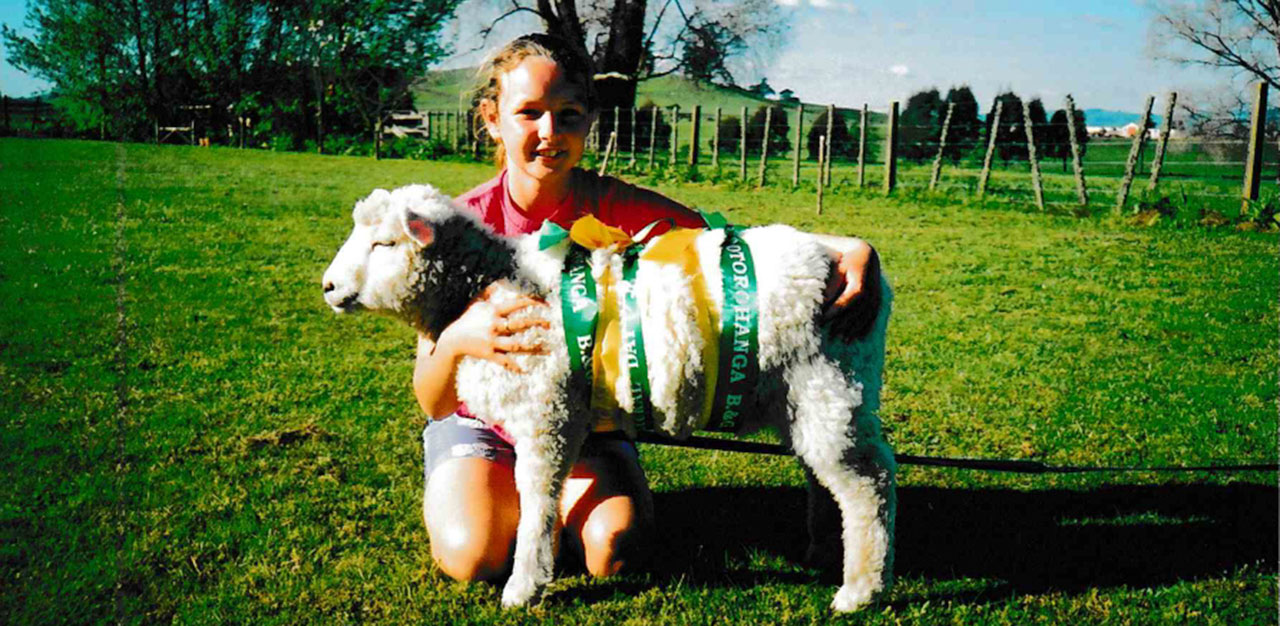
Despite being away from home for a long time, Mrs Harlow still thinks fondly of her hometown, where her parents and her two brothers and wives live a 10-minute drive from each other. On what she misses most, Mrs Harlow says wistfully: “The fresh country air and the quietness.”
For someone who has been to many cities for work and leisure, Otorohanga is not just a home for Mrs Harlow; it is a welcoming respite from the hubbub of life.


